FOR FOREST – The Unending Attraction of Nature is a temporary art intervention by Klaus Littmann that will transform Wörthersee football stadium in Klagenfurt into Austria’s largest public art installation from 9 September – 27 October 2019.
Inspired by The Unending Attraction of Nature, a dystopian drawing by Austrian artist and architect Max Peintner (b. 1937) that Littmann discovered almost thirty years ago, FOR FOREST finally brings that vision to life. Through this monumental installation Littmann aims to challenge our perception of nature and question its future. Furthermore, the project seeks to become a memorial, reminding us that nature, which we so often take for granted, may someday only be found in specially designated spaces, as is already the case with animals in zoos.
Overseen by Enea Landscape Architecture, around 300 trees, some weighing up to six tons each, will be carefully transplanted over the existing football pitch to give the impression of a native central European forest. Once transplanted the forest will take on a life of its own, change colours as the season turns and attract wildlife. Seating up to 30,000 spectators, the surroundings of Wörthersee Stadium will dramatically shape the visitor experience. From 10am until 10pm daily, audiences will experience a unique panorama of trees, day and night, under natural light or by floodlight. Encountering FOR FOREST will trigger a multiplicity of responses and emotions, and depending on the time of day or night the trees will form an ever-changing landscape. This captivating panorama will pave the way for a whole new perspective and understanding of forests. After the free art intervention at the stadium ends on 27 October 2019, the forest will be carefully replanted on a public site in close proximity to Wörthersee Stadium at a scale of 1:1 and remain as a living ‘forest sculpture’. Parallel to this, a pavilion will be built in order to document the project for the long-term. The journey to realising FOR FOREST traces a line back to exhibitions Littmann curated and produced such as Fussball in der Vitrine with Jehle (Basel, 1982); Kultort Stadion (Basel, 2003); Faces of Football (Vigo & Vitoria, 2008); Move for Life (Basel, Lyon, Paris, 2006-2011); Real Fiction Cinema, (Switzerland, 2010-2012 & China, 2015-2016) and Jardin des Planètes (Basel, 2018). These projects among others reveal Littmann’s longstanding interest in the relationship of popular culture with art.
About Klaus Littmann
Born in 1951, Klaus Littmann lives and works in Basel, Switzerland. Littmann studied at Düsseldorf Art Academy with Joseph Beuys and established himself as a mediator of contemporary art. He made his name through unique solo and group exhibitions positioned in diverse contexts. After many years working within gallery and museum spaces, he started presenting theme oriented art exhibitions in the public arena. Underlying each of his complex and unique projects is a dichotic tension highlighting the artist’s preoccupation with everyday culture and the confrontation between contemporary art and urban spaces. Littmann’s ability to discover previously unknown creative talent as well as collaborating with internationally known artists is the determinant quality factor in every project delivered by Littmann Culture Projects.
Over eighty art projects realized by Littmann have been documented in catalogues and books, including the acclaimed selective public space projects City Sky, 2008: Daniel Buren, Renate Buser, Nathan Carter, Subodh Gupta, Peter Kogler, etc; Engel 2002: Tazro Niscino, Strassenbilder, 2003, Skultur, 2000, Frontside, 2001, Kulturgüterwagen, 1991, Move for Life (Basel, Lyon, Paris, 2006-2011) Public Viewing (Shanghai, 2007): Robert Rauschenberg, Daniele Buetti, Ben Vautier et al. A selection of internationally renowned artists Littmann has worked with include: Christo & Jeanne-Claude, Tony Cragg, Guillaume Bijl, César, Jean Tinguely, Dieter Roth, Leon Golub, Keith Haring, Michel Blazy, Job Koelewijn, Daniel Buren, Subodh Gupta, Daniel Spoerri, Niki de Saint Phalle, Peter Kogler, Katharina Sieverding, among many others.
Past projects in public spaces include Jardin des Planètes (Basel, 2018); Real Fiction Cinema (Switzerland, 2010-2012); Real Fiction Cinema (Shanghai, 2015); Real Fiction Cinema (Dongguan, China, 2016); Move for Life (Paris, 2011); Move for Life (Biennale de Lyon, 2011); Public Viewing (Shanghai, 2007); Senteurs et couleurs du Maroc (Marrakech, Foundation Dar Bellarj, 2000) and Un mois de lecture des Bâlois with César (Basel, 1996). Past exhibitions and installations include: Paris Sans Fin (Cecina, Italy, 2018); Faces of Football (Vigo & La Coruña, Spain, 2008); Kultort Stadion (Basel, 2003 & Barcelona, 2008); Christo & Jeanne-Claude (Madrid, 2006); Keith Haring Editions on Paper (Madrid, Vitoria & Valencia, Spain, 2005-2006); Neuer Supermarkt with Guillaume Bijl (Basel, 1998); China Now (1996) and Keith Haring Editions on Paper (Hiroshima, Osaka, Nagoya, Tokyo, Fukuoka, Japan, 1994); Fussball in der Vitrine (Switzerland, 1982 & Vienna, 1993) and Drogen – Welt in Trance (Switzerland, 1991 & Austria, 1993); Unnatural Bodies, Jim Whiting installation (Basel, Zürich, Köln, 1988 & Berlin, 1989); and Das Auto in der Vitrine (Basel, 2005-2006, Frankfurt, 1983 & Thun, 1985). In 2002, Klaus Littmann was awarded the Cultural Award of the City of Basel.
www.klauslittmann.com
About Max Peintner
Max Peintner was born in 1937 in Hall in Tirol (Austria) and lives and works in Vienna. Peintner studied civil engineering at the Technical University of Vienna and architecture at the Academy of Fine Arts Vienna. In 1964, with Heinz Geretsegger, he published the monograph Otto Wagner 1841– 1918, Unbegrenzte Großstadt, Beginn der modernen Architektur (Otto Wagner 1841-1918, The Expanding City, The Beginning of Modern Architecture) in the Residenz Verlag and in 1969, published his first drawings under the title Sechs Beiträge zur Zukunft: Technik- und Zivilisationskritik unter den Deckmantel der Utopie. His works have been shown in solo and group exhibitions at museums internationally including, among others, the Kunsthalle Wien in Vienna (2006 and 1997), the Museum van Hedendaagse Kunst in Antwerp (1998), the Ludwig Kortárs Múvészeti Múzeum in Budapest (1996/1997), the Museion in Bolzano (1989), the Rupertinum in Salzburg (1985/1986), the Galleria D’Arte Moderna in Bologna (1984), and the Staatsgalerie Stuttgart (1982). In 2000 the Neue Galerie Graz dedicated a retrospective to him entitled Max Peintner: Take off Perception in the Technological Era. He has additionally appeared in major international exhibitions including documenta 6 (1977) and he was chosen to be Austria’s representative at the Biennale di Venezia in 1986. A drawing by Peintner from 1974 is in the collection of the Museum of Modern Art in New York and he has been featured in several exhibitions at the museum including 9 + 1 Ways of Being Political: 50 Years of Political Stances in Architecture and Urban Design (2012-2013) and The Changing of the Avant-Garde: Visionary Architectural Drawings from the Howard Gilman Collection (2002-2003).
About Enzo Enea
Enzo Enea is a leading Swiss landscape architect who has worked across numerous acclaimed projects internationally. Enzo Enea completed studies in Industrial Design and later in Landscape Architecture in London, before taking over his father’s garden decorating company in 1993 and founding his landscape architecture practice Enea LLC in 1996. The company oversees the design and implementation of a great range of demanding landscape projects. Over the course of his career, Enzo Enea has designed and built more than 1,000 projects and his creations are comprehensively documented in the publication Enea Private Gardens (2006). Enzo Enea has received numerous gold and silver awards at the Giardina Garden exhibitions in Basel and Zurich and was the recipient of the prestigious gold award from the Chelsea Flower Show in London in 1998. He continues to receive recognition for his outstanding work internationally, including an award from the American Society of Landscape Architects for his work in Miami. In 2005, the garden concept store Enea Outside In opened in Zurich, providing design consultation along with a selection of outdoor furniture and sculptures. In the same year, Enzo Enea opened Enea Garden Design Inc. in Miami, Florida and in 2016 Enea opened their office Enea Garden Design NY Inc. in New York.
www.enea.ch
About Wörthersee Stadium
The Wörthersee Stadium is Austria’s most modern stadium, and was officially opened in Klagenfurt in September 2007. The home of the SK Austria Klagenfurt club, the stadium has a capacity of 30,000. In 2008 it played a role in the European Football Championship, and has since hosted other important matches including the 2018 International Champions Cup match between FC Bayern Munich and Paris Saint-Germain. In addition to football matches, the multifunctional arena has been host to special events including an outdoor ice hockey derby, several major concerts, as well as the United World Games and the “Herzschlag 2014” Special Olympics.
The stadium, which complies with all UEFA and FIFA guidelines, is a compact structure which sits comfortably within its surrounding landscape. The architecture of the structure is particularly striking thanks to the dynamic elevation of the roof above the east stand. Further striking features include the close proximity of the tribunes to the football field to create a unique live experience, in addition to the slightly increasing West ramp going towards the stadium, and several stairways that allow access to the stadium on the cornerstones of the platform.
- Visiting | FOR FOREST
- Wörthersee Stadium
- Südring 207
- 9020 Klagenfurt
- Austria
- Open daily 10am – 10pm including public holidays.
Access free admission
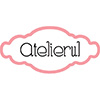
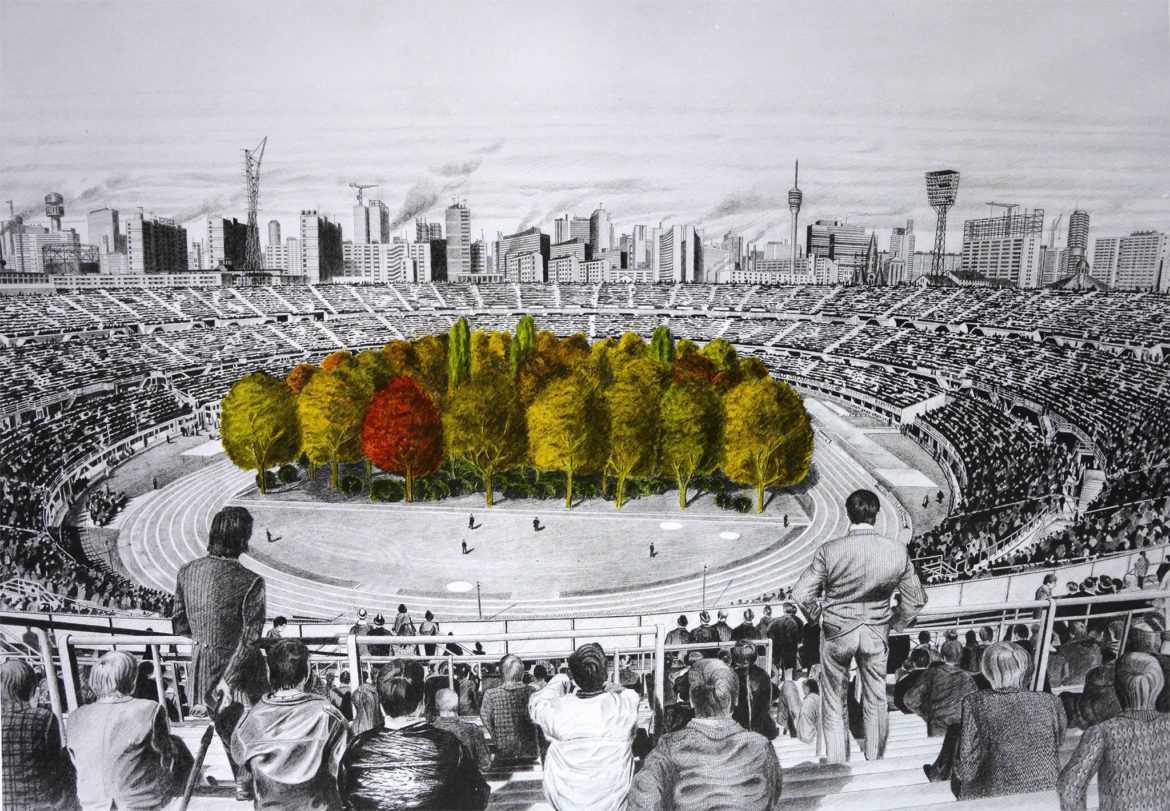
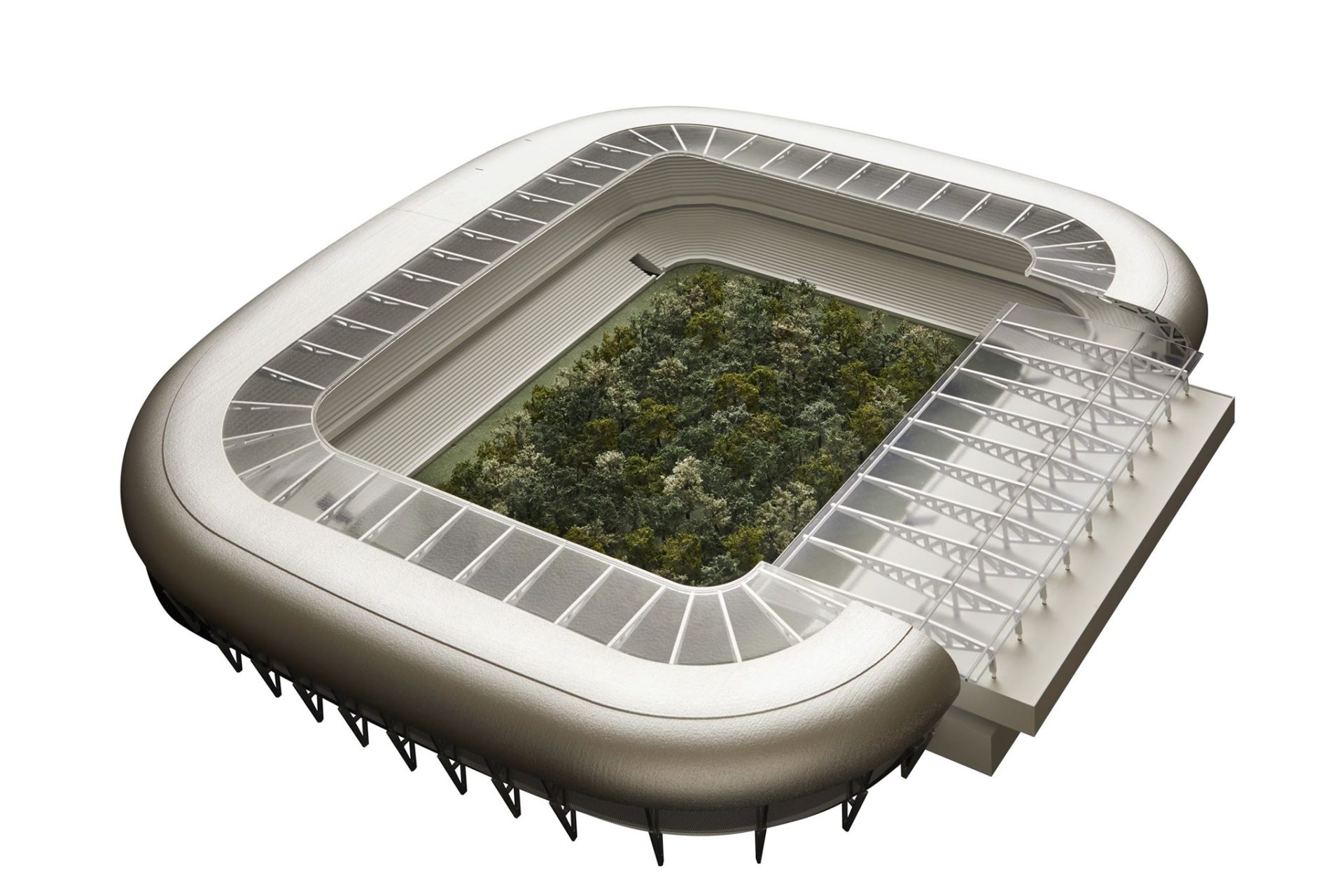
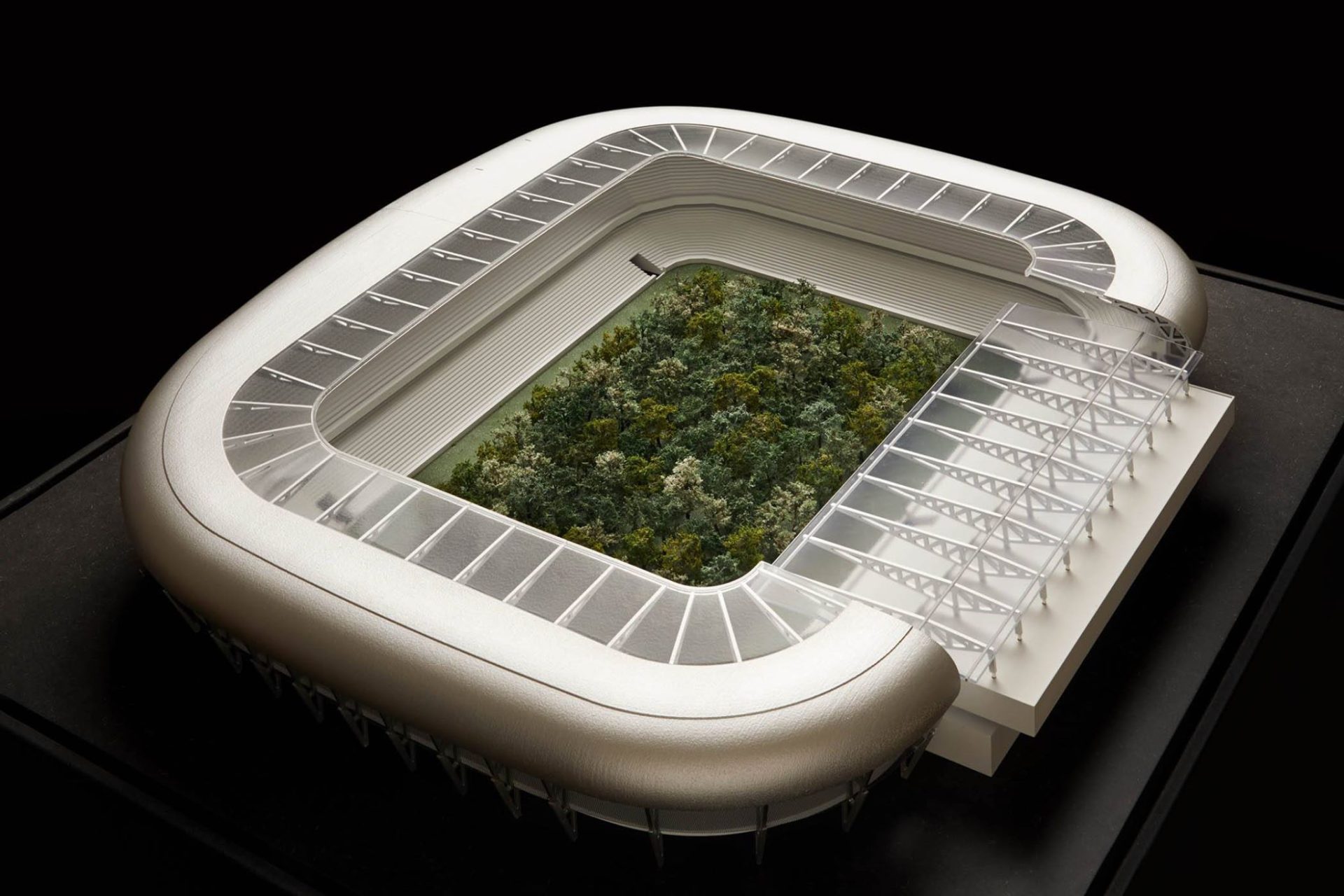
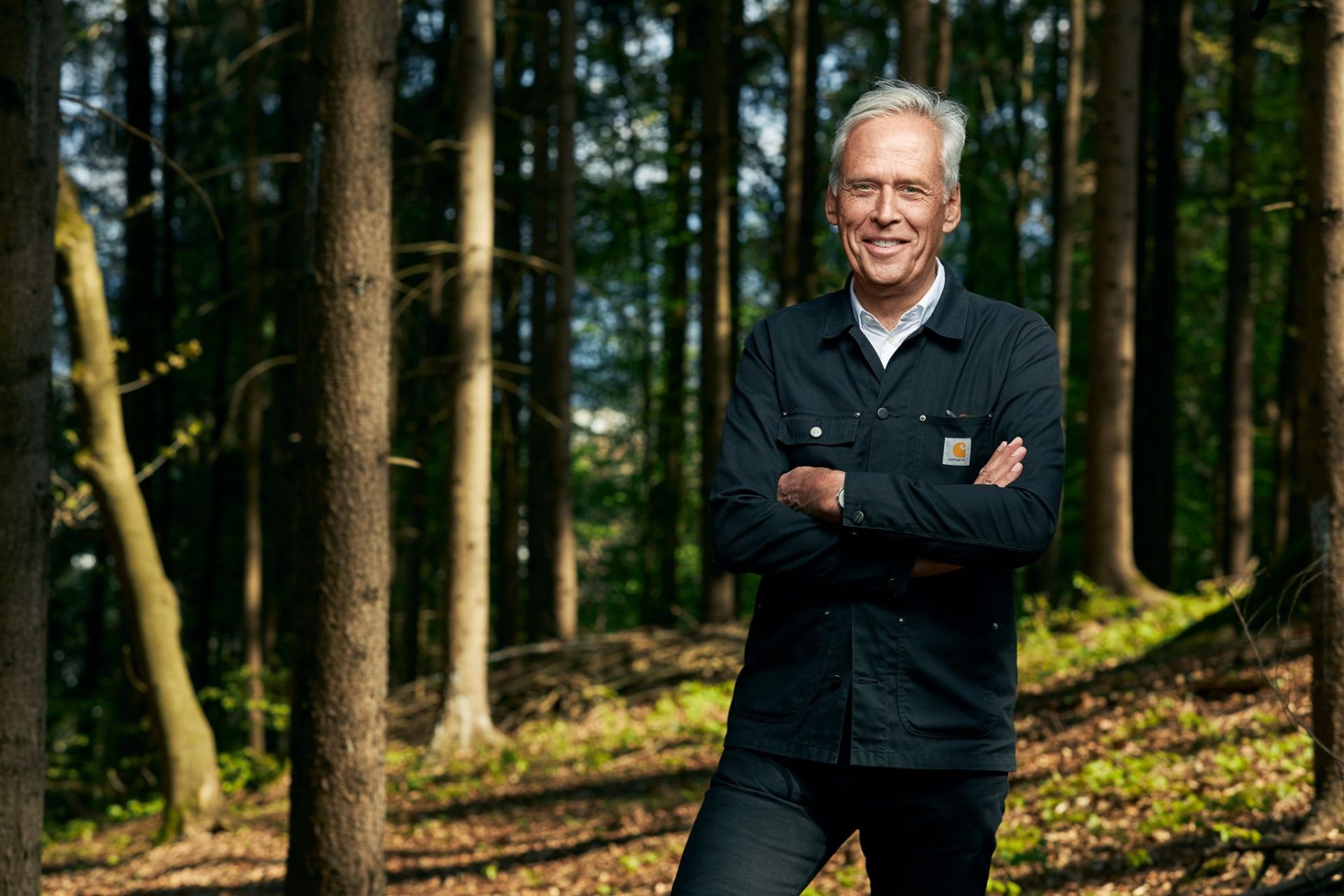
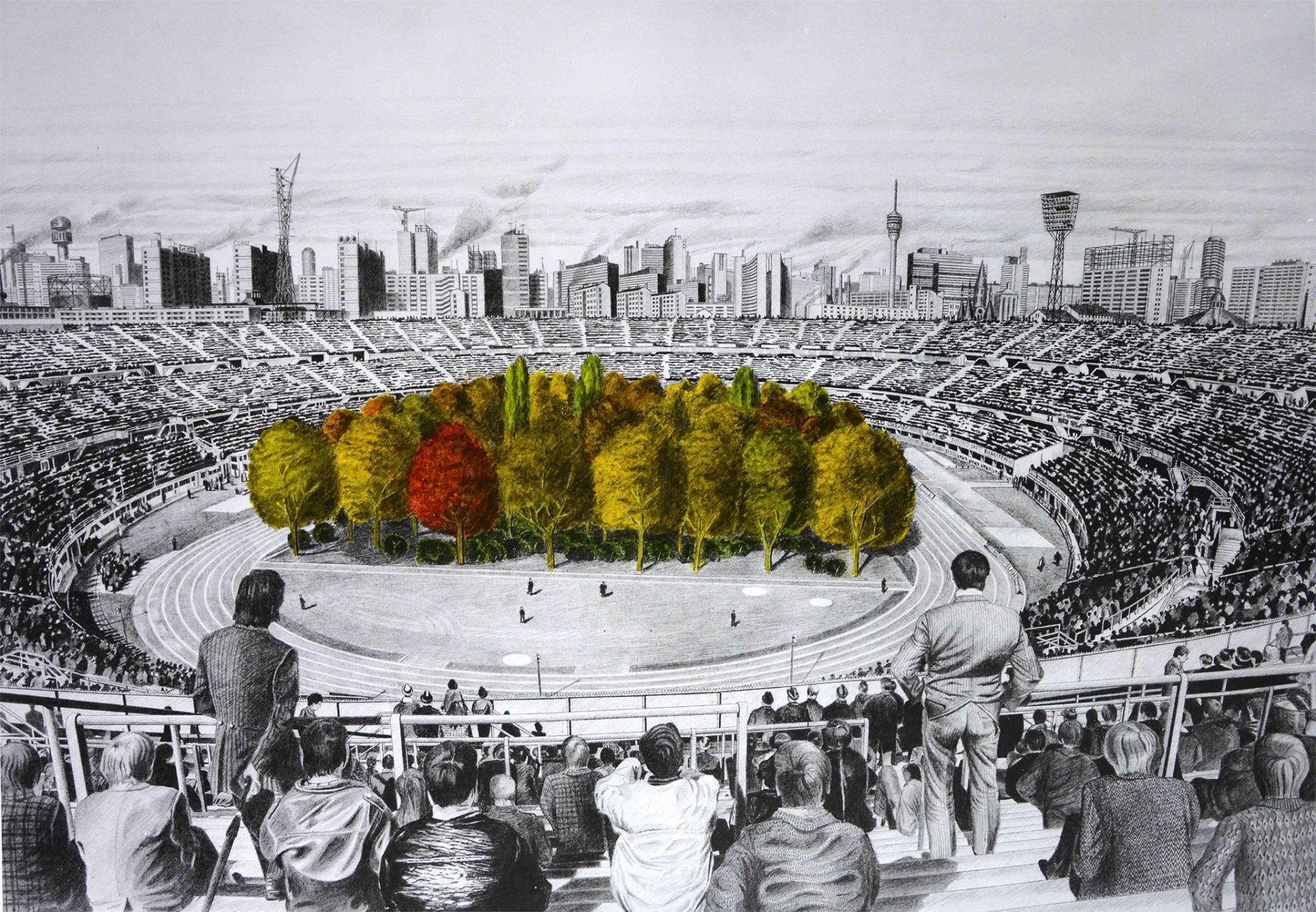
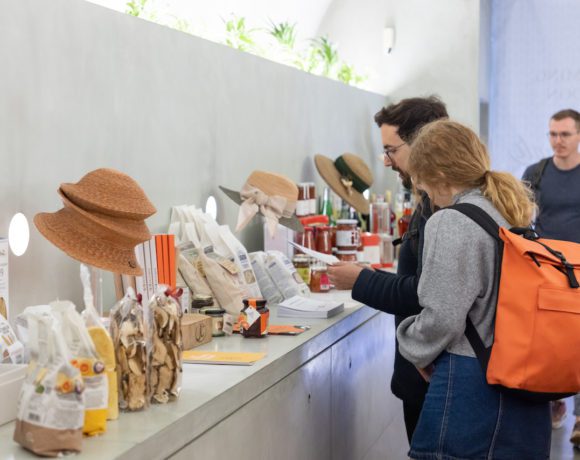
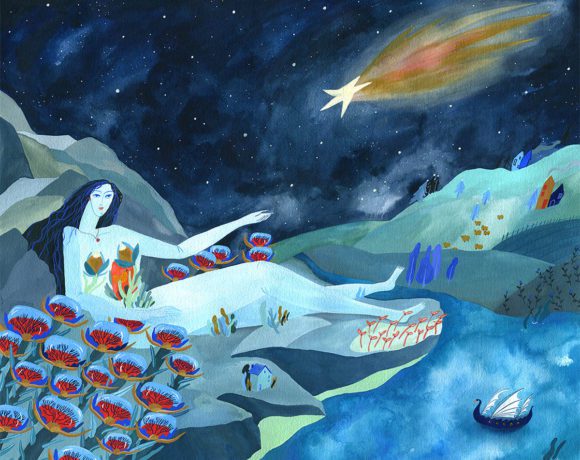
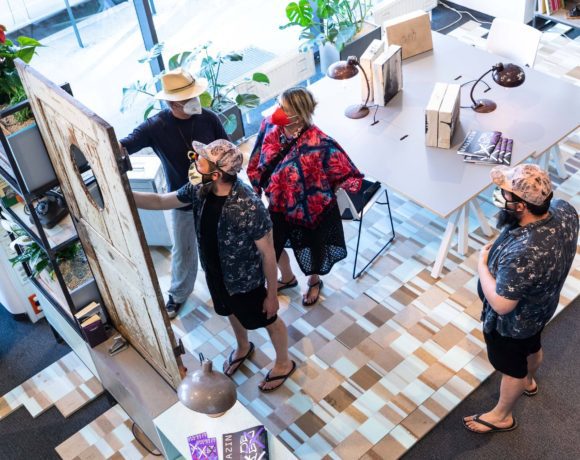
NO COMMENT